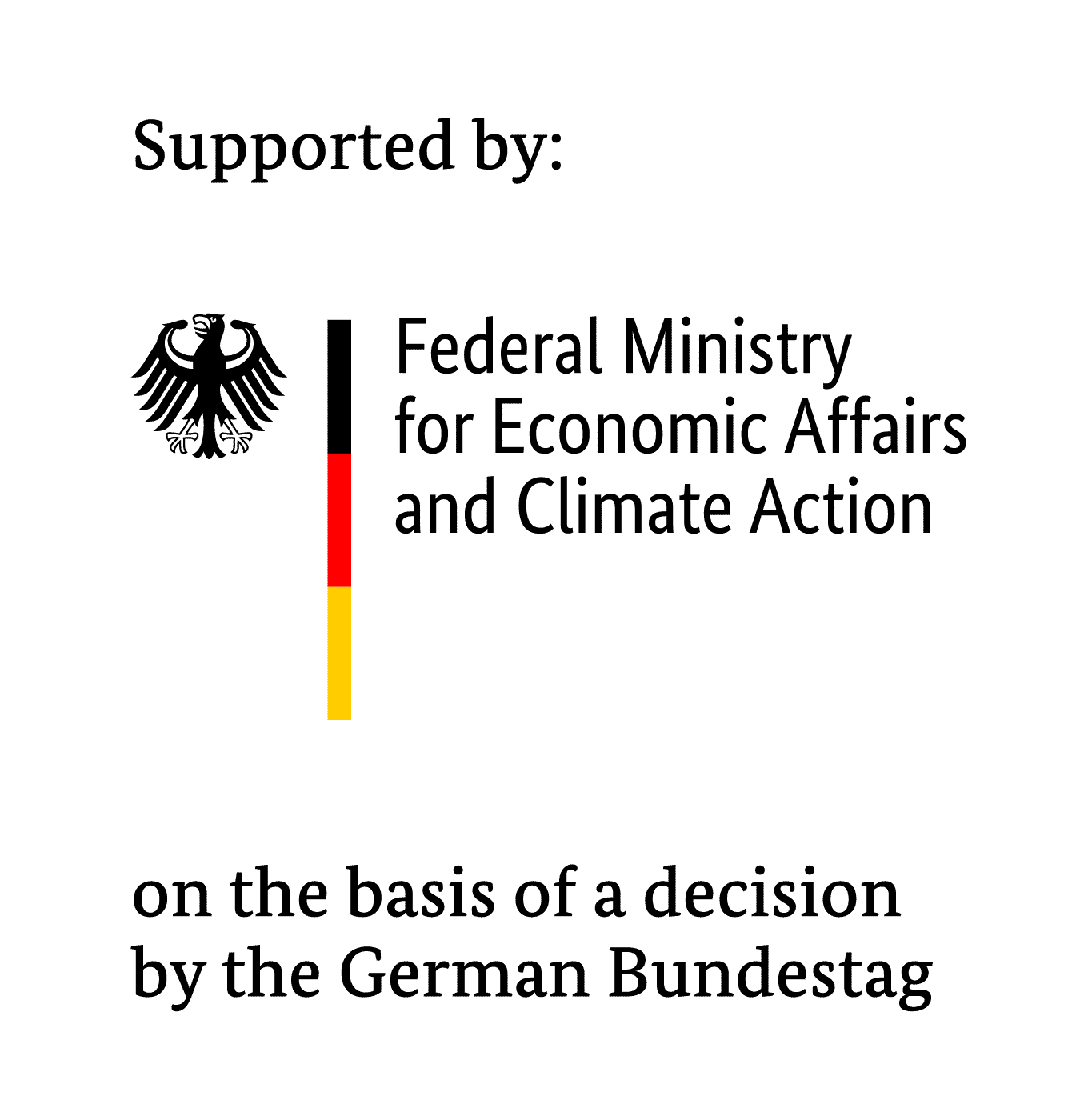Projectname:
Chocolate-specific simulation model of flushing processes of closed systems
Workgroup: Hygienic production
Research Partner and Scientific Guidance:
IGF: 20672 BR
Financing: BMWK
Duration: 2019 – 2023
The German chocolate industry can look back on a successful tradition. The decisive factor for this success is above all the high quality of the manufactured products. In order to continue serving recent market trends, it is necessary to produce different chocolate products on the same plant. This increases the risk of quality-reducing cross-contaminations such as the carry-over of flavours, colours and other ingredients, making thorough cleaning imperative. Flushing processes for removing the previous chocolate mass are therefore increasingly becoming the focus of targeted process improvements, but have not yet been fully understood. Due to the high complexity of the machines and plants and the poor possibilities for monitoring and evaluating the flushing process, improvement processes can only be carried out with high experimental effort.
The aim of the project is to create an in-depth understanding of the flushing process and to establish a flow simulation as a tool for the design of flushing processes in industrial praxis. At the TU Dresden, the chocolate-specific simulation model will be developed at the Chair of Fluid Mechanics and validated by experimental measurements of the Chair of Processing Machines/Processing Technology. The initial focus is on observations using a straight pipe flow. The simulation model is based on physical characterisations of the chocolate-specific material and flow properties. With the aid of an industrial test rig and a suitable measuring system, time- and location-resolved information on the position of the phase boundary during flushing will be obtained to validate the simulation. The complexity of the flushing configuration is increased step by step in the project. The perspective application of the simulation model to more complex geometries is already taken into account.
The knowledge gained in the project will make a significant contribution to the understanding of industrial flushing processes. The simulation tool can be used to optimise these flushing processes, which ultimately leads to savings in discarded flushing volumes and cleaning times. In addition, the machine and plant engineering industry also benefits. Complex components used for tempering or moulding chocolate masses, can be optimised using simulation technology. This eliminates the need for numerous, time-consuming empirical tests on which this traditional branch of industry has been dependent up to now. Furthermore, the simulation tool can be used to test industry-relevant recommendations for the hygienic design of new machines and plants and to establish them within the chocolate industry.

The IGF project presented here by the Research Association of the Industrial Association for Food Technology and Packaging (IVLV e.V.) is funded by the Federal Ministry for Economic Affairs and Climate Action as part of the program for the promotion of industrial community research (IGF) based on a decision of the German Bundestag.